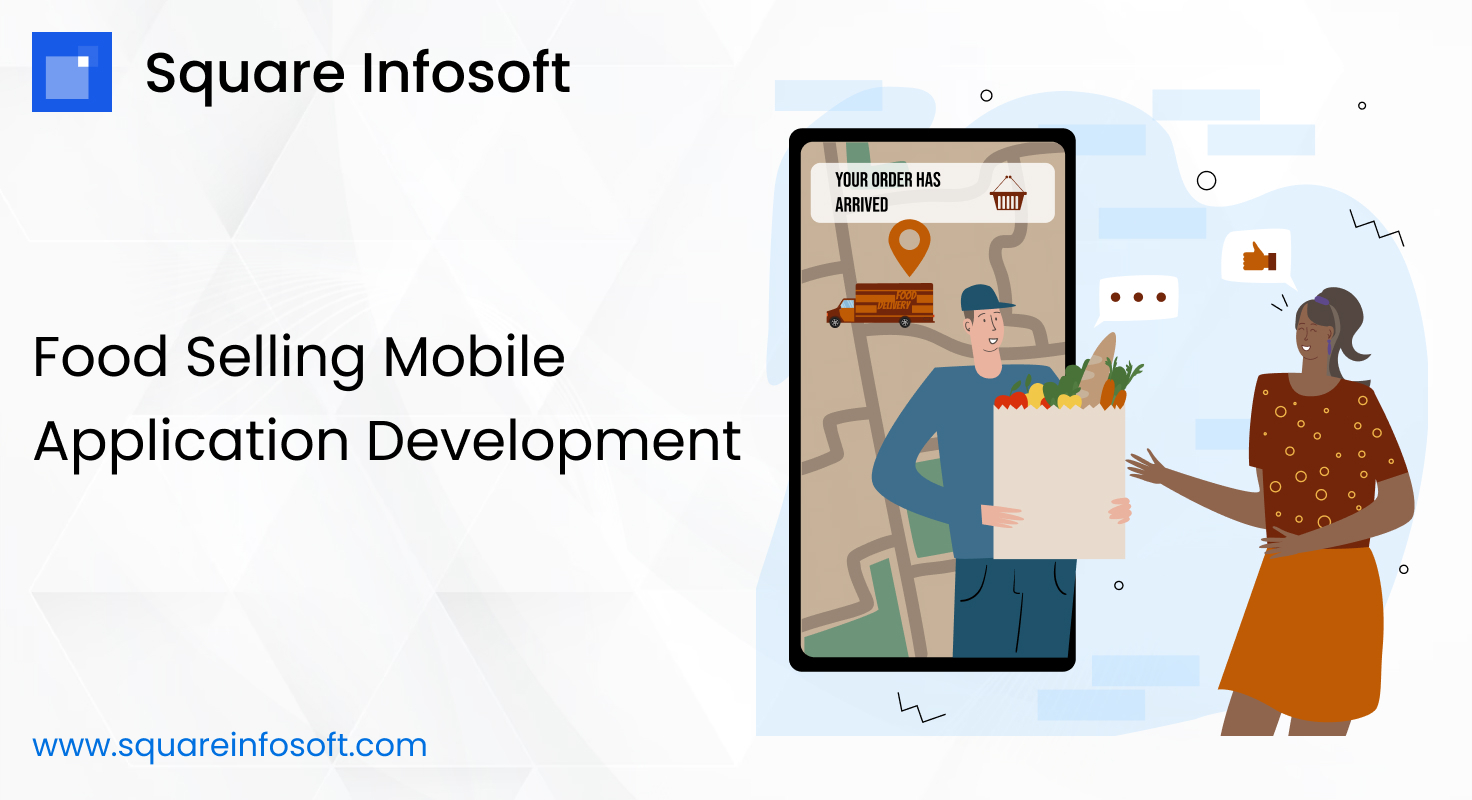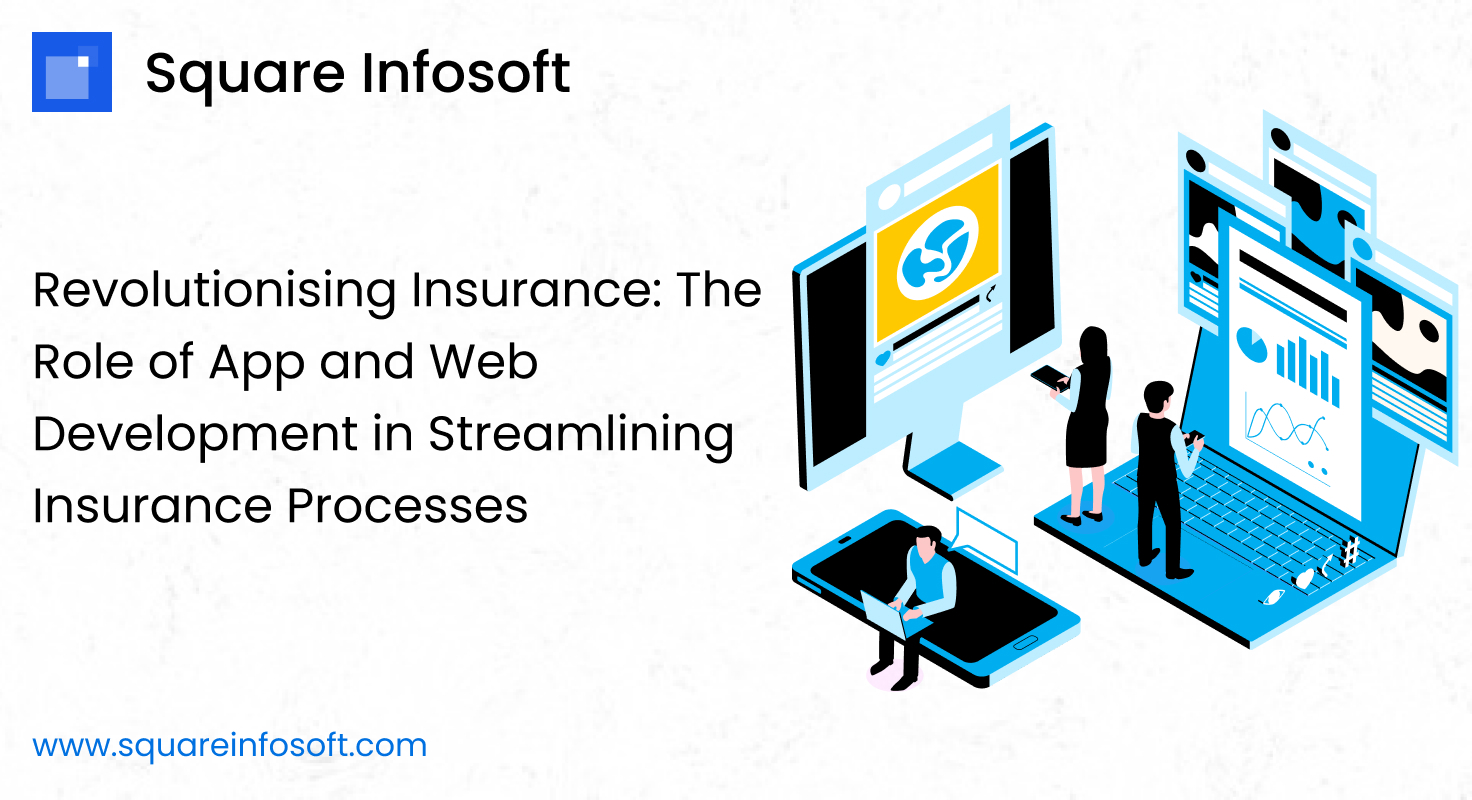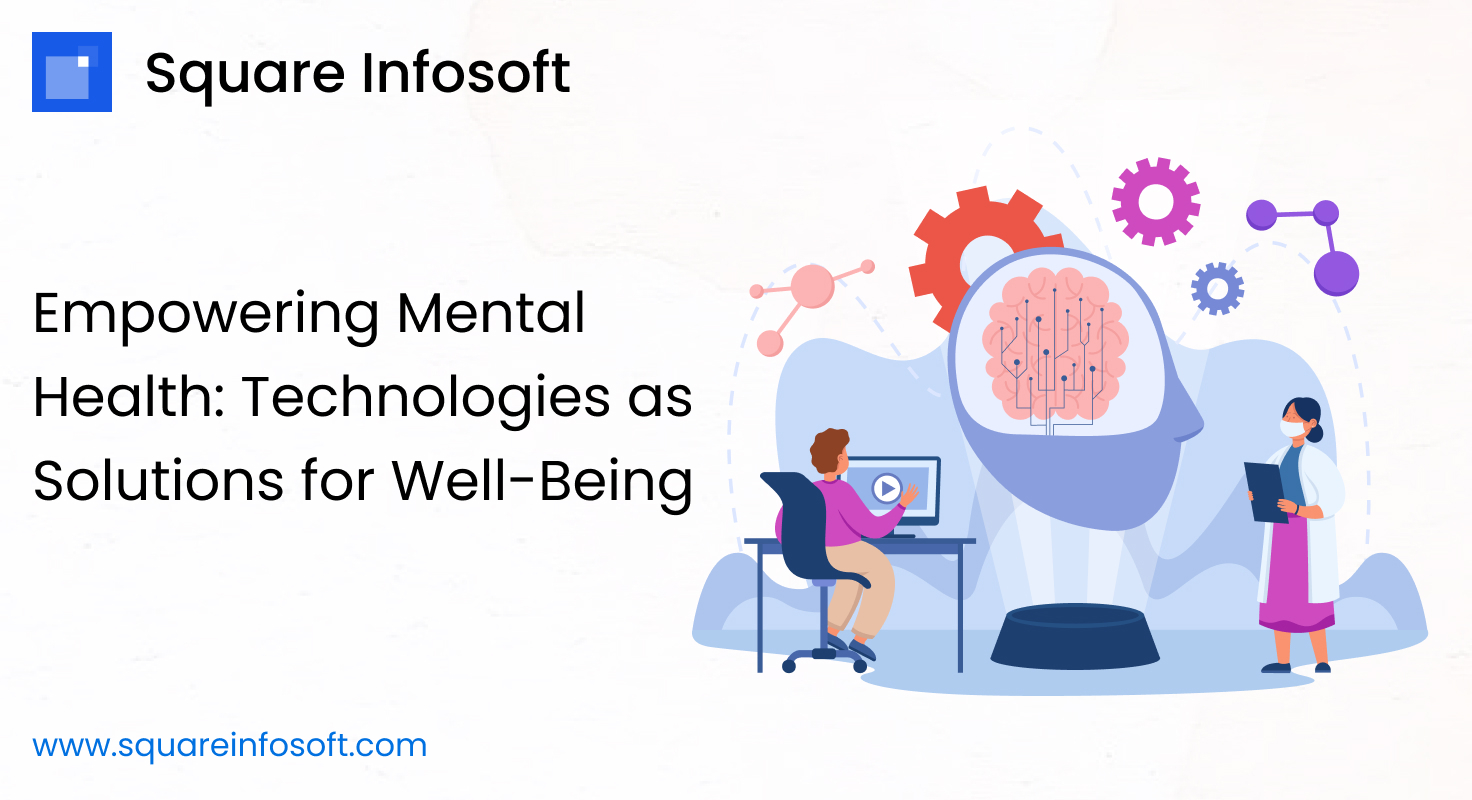Developing a Food Selling mobile app can be a lucrative venture, connecting restaurants, food vendors, and customers for convenient food ordering and delivery. Here’s a step-by-step guide to help you get started with the development of a Food Selling app:
1. Define Objectives:
- Determine the primary purpose of your app (e.g., food ordering, restaurant discovery, contactless delivery).
- Identify your target audience (e.g., individual consumers, families, office workers).
2. Market Research:
- Research existing food delivery apps to understand their features, strengths, and weaknesses.
- Identify unique features or improvements that can set your app apart.
3. Planning and Conceptualization:
- Outline the core features and functionalities of your Food Selling app.
- Consider features for restaurant listings, menu displays, order placement, payment processing, and delivery tracking.
4. Feature Set:
- Develop a comprehensive list of features for your app, including:
- User registration and profiles.
- Restaurant listings with detailed information (e.g., menus, pricing, hours of operation).
- Menu displays with images and descriptions.
- Food ordering with customization options (e.g., special instructions, dietary preferences).
- Secure payment processing for orders.
- Real-time order tracking and delivery updates.
- Ratings and reviews for restaurants and dishes.
- Loyalty programs and discounts.
- Push notifications for order confirmations and promotions.
- User-friendly interface for browsing, ordering, and managing orders.
- Location-based services for finding nearby restaurants.
- Customer support and help center.
5. Design and User Experience (UX):
- Design an intuitive and visually appealing UI for your app.
- Ensure the design is user-friendly and responsive on various screen sizes.
- Focus on providing an efficient and streamlined food ordering experience.
6. Backend Development:
- Build a robust backend system to manage user accounts, restaurant data, menu items, orders, and payment transactions.
- Implement real-time updates for order status and delivery tracking.
7. Payment Processing:
- Integrate secure payment gateways to handle order payments.
- Ensure compliance with financial regulations and user data security.
8. Restaurant Data Integration:
- Collaborate with restaurants to source menu information, pricing, and availability.
- Implement APIs or data feeds for real-time menu data.
9. Delivery Logistics:
- Establish delivery logistics, including partnerships with delivery drivers or services.
- Implement real-time order tracking and delivery notifications.
10. Testing: – Conduct thorough testing, including functional testing, usability testing, and payment processing testing. – Test the app on various devices and screen sizes. – Address any bugs or issues identified during testing.
11. Deployment: – Deploy the app to app stores (Apple App Store, Google Play Store). – Prepare marketing materials, including app descriptions, restaurant listings, and promotional campaigns.
12. Marketing and Promotion: – Develop a marketing strategy to promote your app and attract users. – Utilize online advertising, social media marketing, and partnerships with restaurants.
13. Monetization: – Decide on a monetization strategy (e.g., commission on orders, delivery fees, premium subscriptions, ads). – Offer promotional discounts and loyalty programs.
14. Legal Considerations: – Ensure compliance with local laws and regulations related to food delivery and payments. – Address legal requirements for refunds, cancellations, and user data privacy.
15. Updates and Maintenance: – Regularly update the app with new features, restaurant listings, and bug fixes. – Stay informed about food delivery industry trends and emerging technologies.
Developing a Food Selling app requires meticulous attention to detail, reliability in food ordering and delivery, and a strong focus on user convenience. By offering a seamless platform for ordering and enjoying food from various restaurants, your app can become a valuable resource for food enthusiasts and businesses in the food industry.




